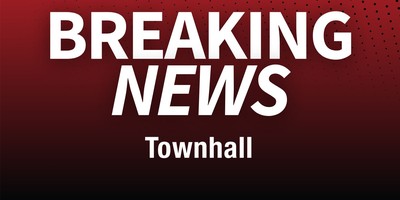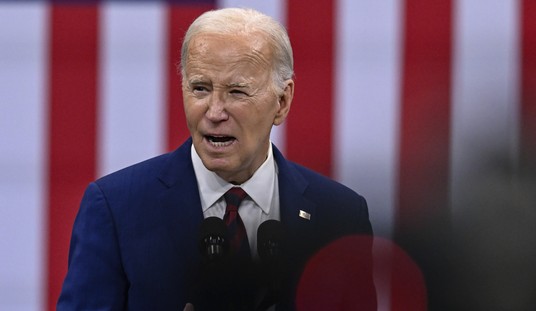Charles Krauthammer laid out the ugly truth earlier this month in the Washington Post.
Yes, it appears North Korea has the capability to launch intercontinental ballistic missiles. It’s less certain, but not unlikely, the regime is telling the truth when it claims it has fit nuclear warheads on intermediate range missiles and soon will be able to do so on long-range missiles.
It certainly seemed like a success – the missile traveled at least 37 minutes, went into outer space and returned to crash down near Japan in the Sea of Japan. The range it demonstrated would enable such a missile to hit Alaska now and probably the mainland of the U.S. within months.
And the government in Pyongyang certainly seemed to think it had a winner on its hands when it called this “a final step” to create “a confident and powerful nuclear state that can strike anywhere on Earth.”
Krauthammer was also right to note that we’ve kicked this can down the road for 25 years, but we have run out of road.
But although there are questions about whether we can fully protect the mainland, Hawaii, the most vulnerable state to Korean attack, is well protected by America’s missile defense system. Early this year, a new missile-defense system in the state destroyed a target missile, proving that the area will be well-secured in the event of a nuclear attack.
The United States has had a successful test of its own recently. In late May, the U.S. Missile Defense Agency announced it had successfully intercepted an intercontinental ballistic missile during the first test of its updated ground-based intercept system.
The missile was launched from the Ronald Reagan Ballistic Missile Defense Test Site on Kwajalein Atoll in the Marshall Islands. The intercept, launched from Vandenberg Air Force Base in California, collided with the missile an hour later over the Pacific Ocean.
Recommended
The system had gone 9-for-17 in tests from 1999 through 2014 but had not tested an intercept since. It was the first successful test since 2014 and the first time the intercept had worked with no pre-programmed information on the location of the target – a true blind seek-and-destroy mission.
So can we acquiesce, as Krauthammer says, and hide behind our ground-based missile defense shield? Perhaps in the short term. There are 32 ground-based interceptors at Fort Greely, Alaska, precisely to fend off the North Korean threat – and eight more are planned by the end of the year. There also are four ground-based intercepts at Vanderberg.
But we’re behind. For eight years, the Obama White House put missile defense on the back burner, and North Korea kept pushing. It’s not going to stop with missiles that can reach only Alaska and Hawaii. It will keep going until its missiles are capable of reaching the entire United States.
That means President Trump must hurry to finish the job and extend land-based missile defense protection across the country, which is the most reliable kind.
This would have been in place years ago. President Reagan first spoke about his Strategic Defense Initiative to get all peaceful countries behind a nuclear shield in the early 1980s. The Soviets took him so seriously and understood the advantages so quickly of being able to thwart their first-strike capabilities that it set in motion a chain of events that eventually led to the breakup of the USSR.
But because of the monumental short-sightedness of the Obama administration, which considered the program a boondoggle and an inappropriate use of power and resources, there is catching up to do. There is a base to build on – those 36, soon to be 44, interceptors are enhanced by a network of sensors on land, sea and even in outer space.
If nothing else, the successful missile launch from North Korea should serve notice that although we do have some time, it no longer is unlimited. As Krauthammer said, we’ve been kicking the can down the road, but we’ve now run out of road.

























Join the conversation as a VIP Member